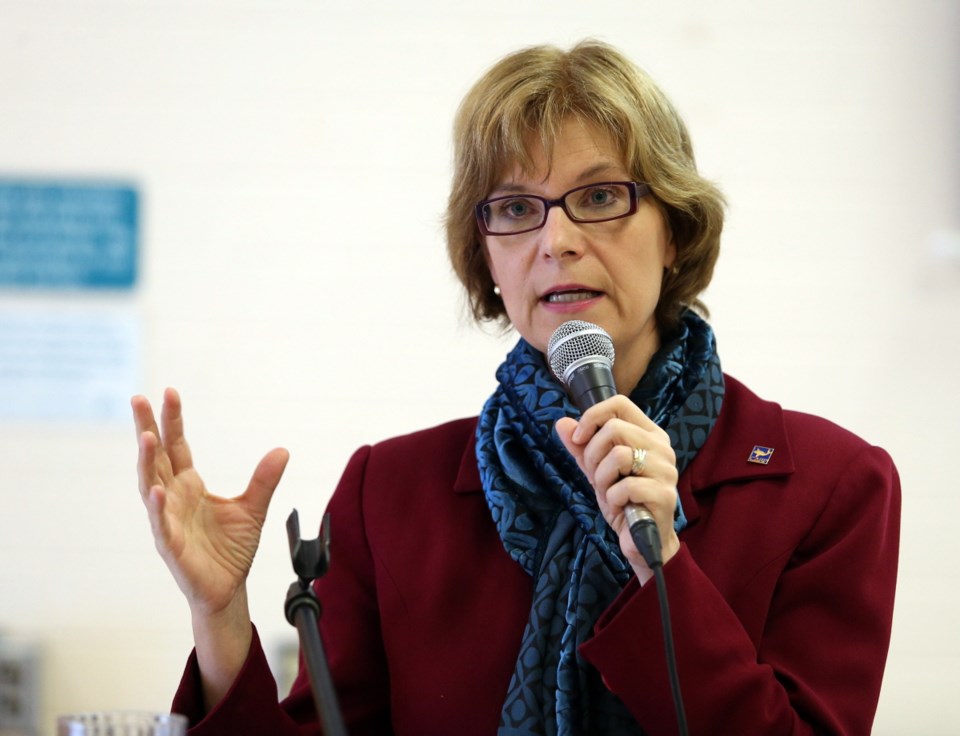Vancouver Island care homes have the highest rate of reportable incidents in the province, according to data collected by the B.C. seniors advocate.
The numbers emerged as part of a sweeping review of 292 publicly subsidized care facilities in the province, which also examined inappropriate drug prescriptions, direct-care hours and available therapies.
There were 22.7 reportable incidents per 100 beds on Vancouver Island during the 2015-16 fiscal year, compared with a provincial average of 17.5. The total number of reportable incidents in the province dropped 7.6 per cent.
Incidents include disease outbreaks, abuse and neglect, falls with injuries, poisoning, medication errors, missing and wandering persons, aggression and other injuries.
Seniors advocate Isobel Mackenzie said that, of particular concern on the provincial level, was the fact that even fewer residents are getting the recommended minimum time with staff like therapists and care aids.
About 90 per cent of facilities failed to meet the Ministry of Health’s recommended minimum of 3.36 direct-care hours per day, up from about 80 per cent last year.
“On some fronts we’re doing well. We’ve reduced reportable incidents, substantiated complaints and the inappropriate use of anti-psychotic medications,” Mackenzie said. “But we are not providing the direct-care hours we should be and we’ve slid backward instead of moving forward on that front.”
The percentage of patients who were prescribed anti-psychotic medication without a diagnosed psychosis dropped to 27 per cent from 31 per cent last year, she said.
The Hospital Employees’ Union said the numbers show understaffing and called for action.
“This new statistic is shocking by anyone’s standards. But it absolutely confirms what our members are telling us — the staffing crisis is only getting worse,” Jennifer Whiteside, the union’s secretary-business manager, said in a statement.
Mackenzie noted that direct-care hours were lower for private facilities.
“The funded care hours are definitely lower in the private facilities, but that’s not their decision to do that,” she said.
“It’s the health authority that decides on the funding level, so they’re funding their facilities at a higher rate for direct-care hours than they’re funding they contracted sites.”
Health Minister Terry Lake was not available for comment.
Parliamentary secretary Darryl Plecas did not respond directly to questions about how the ministry would address the falling number of facilities meeting its recommended direct-care hours or why Vancouver Island might have a higher rate of reportable incidents than other regions.
He said in a statement that the province spent $2.9 billion on home and community care, which represents an increase of $1.3 billion since 2001. He also said the ministry has taken steps to reduce the reliance on anti-psychotic medications.
“These include developing guidelines on appropriate use of antipsychotics … to support doctors with prescribing, and providing education for care providers to better manage challenging behaviours in dementia care to reduce reliance on antipsychotics,” the statement said.



